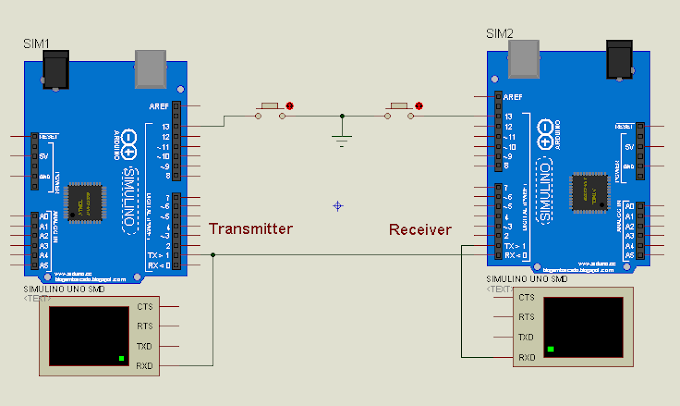Power Gain Measurement of TinCan Waveguide by four Reflectors for Wi-Fi Router Frequency of 2.4 GHz
ABSTRACT
It is necessary to use the concept of reflection while the broadcasting signal couldn’t reach to the receiver antenna. For this experiment, we are going to use a circular waveguide for either source transmitting or destination receiving antenna in a distance of 4 meters from each other. The antennas connect to Spectrum Analyzer and antenna of Tin Can are placed indirectly face to each other as the reference. The 4 metal plates reflectors will be used to guide the transmitting signal to the receiving antenna at the other side. The highest receiving power gain of the antenna will be totally mentioned at the overall process of this measurement by using circular waveguide with the special help of the 4 metal reflectors and it affected by angle of reflector and the distance of each reflectors.I. INTRODUCTION
In the non-line of sight environment, we want to measure the power gain of the circular waveguide that is guided the broadcasting signal from a 2.4 GHz to the receiver antenna. The broadcasting signal from a source antenna will be totally guided by the result of each reflector with the appropriate angle and direction.We are going to analyze the radiating signal of the 2.4 GHz Wi-Fi router with a circular waveguide type in a length of 4 meters. So, for these cases we are going to use metal aluminum plates to reflect the signal to the receiver antenna where setting the height of the aluminum plate, antenna height, distance between each plate, and angle of reflection.
II. ANTENNA DESIGN THEORY
Wifi router with the frequency of 2.4 GHz will be used that will help for a better receiving signal gain. The transmitting source antenna is directly connected to the wifi router as a source guided transmitting antenna that is placed in a length of 𝜆/4 from one side of the closed side of the waveguide.𝜆 = c / f (1)
where,
𝜆: the signal wavelength (m)
c: the speed of light (3x108 m/s)
f: the signal frequency (Hz)
The circular waveguide is designed based on the above formula where the antenna’s length is 𝜆/4. So, we obtain:
𝜆 = 3x10^8 / 2.4x109
Then 𝜆/4 = 0.3125 m
 |
| Figure 1. TinCan waveguide design |
III. EXPERIMENT
The experiment required a high frequency spectrum analyzer and some tools to be implemented. Below are tools that is used in this experiment.1) Equipment
- A spectrum Analyzer:
Company Name: Hewlett Packard 8562A,
9 KHz – 22 KHz
Serial Number: 3017A05067
- 2.4 GHz Wifi Router (Prolink, PRN 2001)
- Cable
3) BNC Female
First, we need to measure the reference power gain from directly face-to-face antennas between the transmitter and the receiver in a length from 1- 4 m as shown in Figure 2.
 |
| Figure 2. Measurement of reference power gain |
 |
| Figure 3. Measurement of power gain with the reflection environment |
IV. RESULT
After conducting the above measurement, we received power gain of reference measurement and the reflection measurement as show in below. |
| Figure 4. Reference data |
This graph shows the decrease of power gain for reference testing of circular waveguide at different distances as shown in Figure 4.
By observing on the receiving gain of experiment and the reference, there is slightly differences in value since the setting of reflectors are not completely matched.
 |
| Figure 5. The different gain of reference and reflection expriment |
V. CONCLUSION
In conclusion, the power gain of the receiving antenna for a line of sight propagation is directly proportional to the distance between the transmitter and the receiver antenna. The closer the receiving antenna is, the higher gain the antenna will receive.Furthermore, within the non-line of sight signal propagation where the reflectors are used to help reflect the signal from transmitter to the receiver, the power gain can be slightly difference depending on the setting of reflector’s direction, angle, size and distance
Royal University of Phnom Penh
Faculty of Engineering
Dep. Telecommunication and Electronic Engineering
First Generation, 2014 - 2018
Instructor: Dr. Bae Dae Hwan
Date Measurement: March 2018
Place of Measurement: Room C001 Building C in RUPP Zoon.









0 Comments